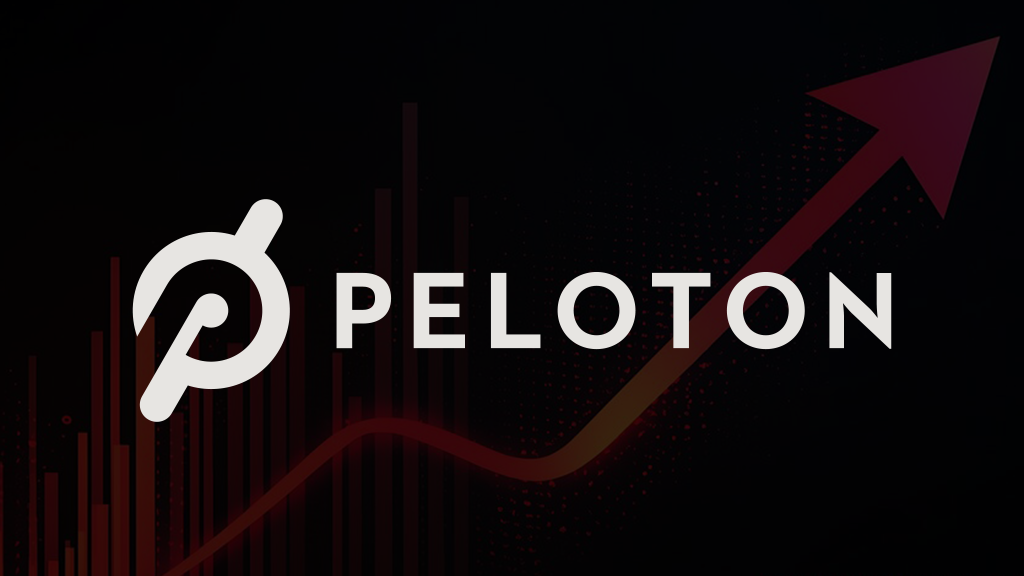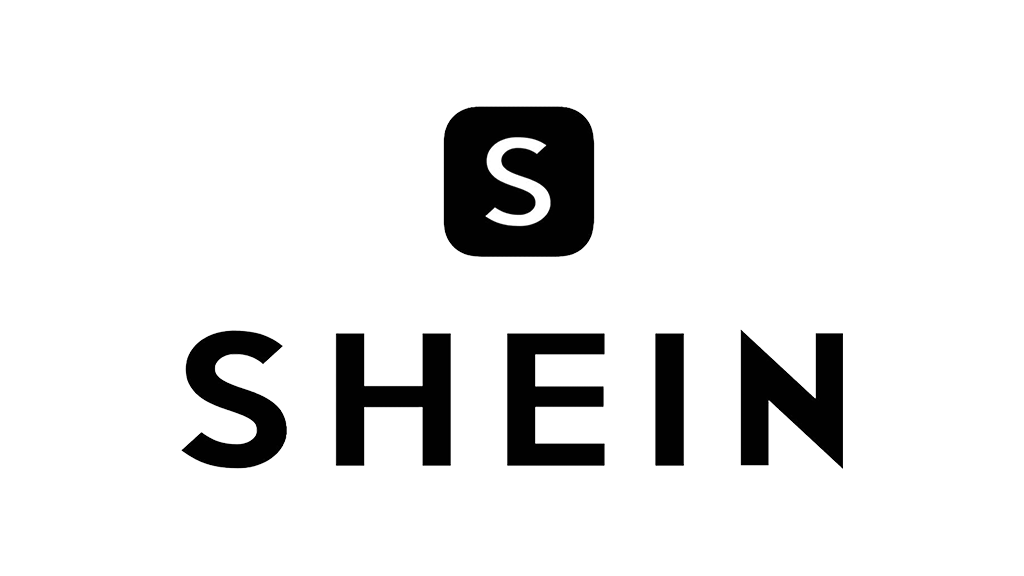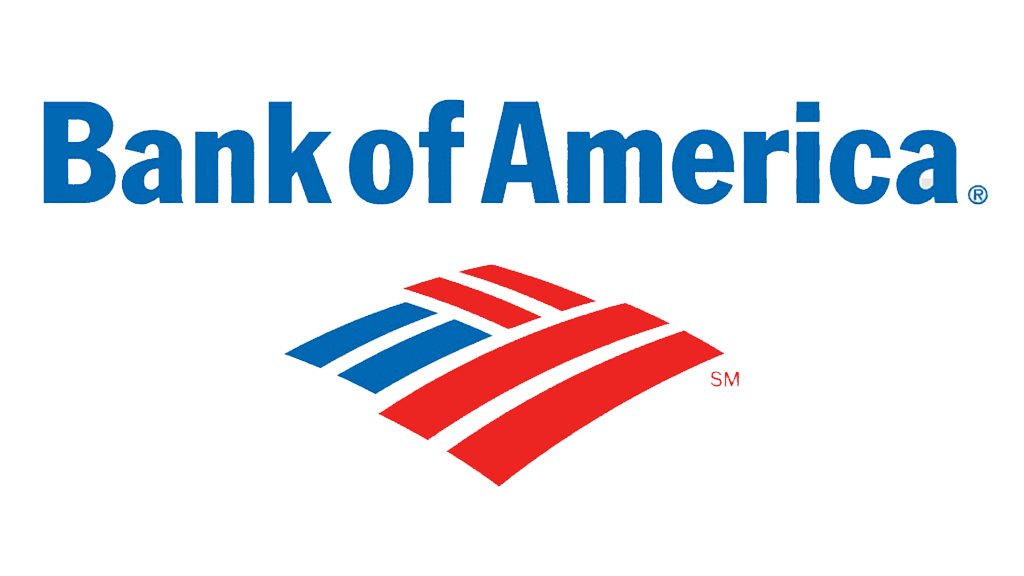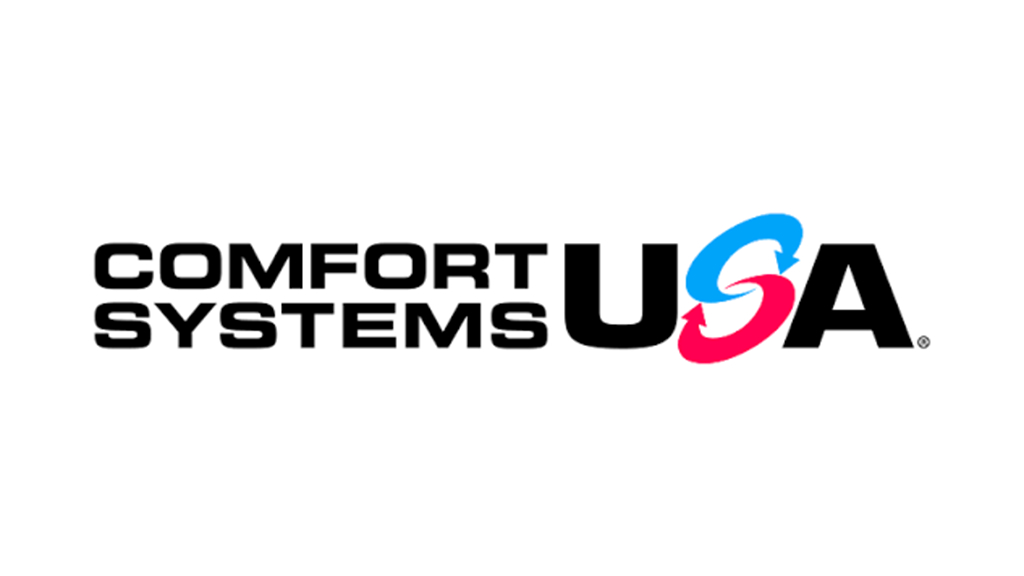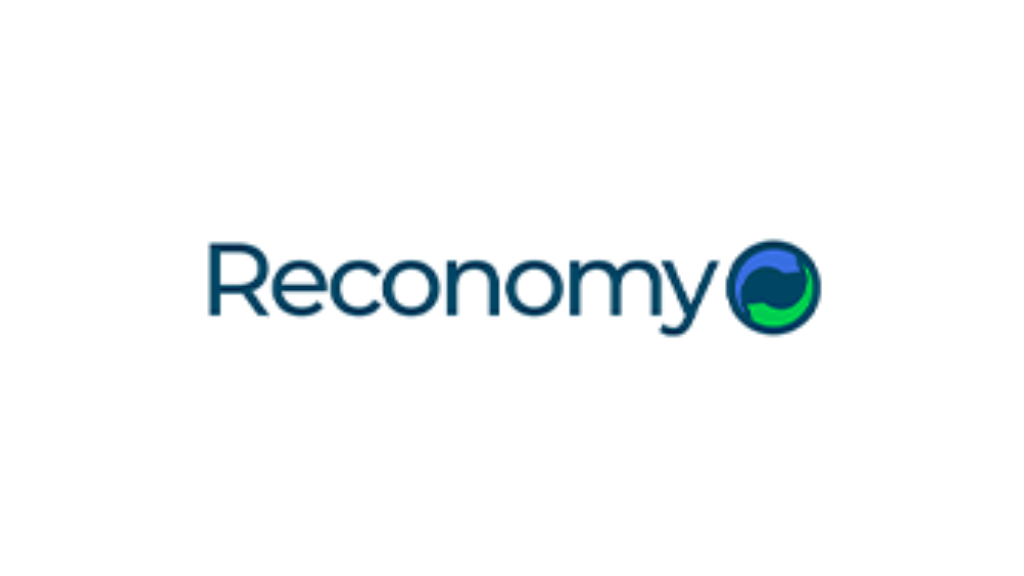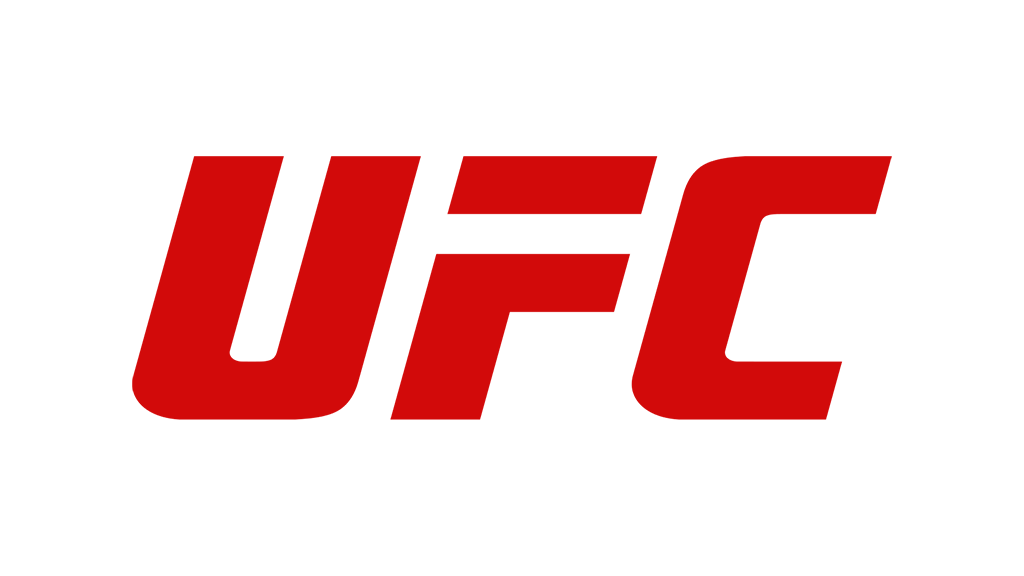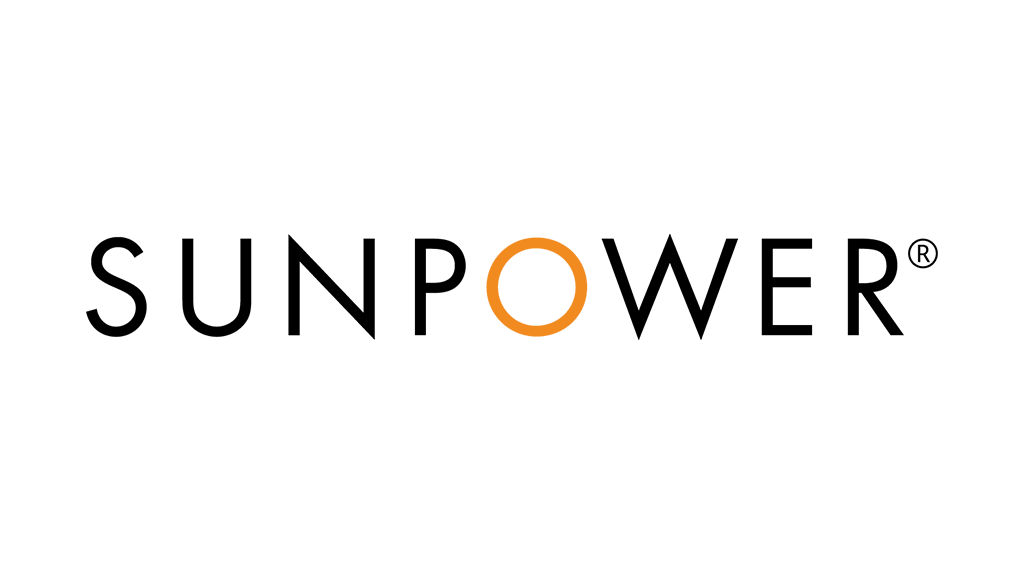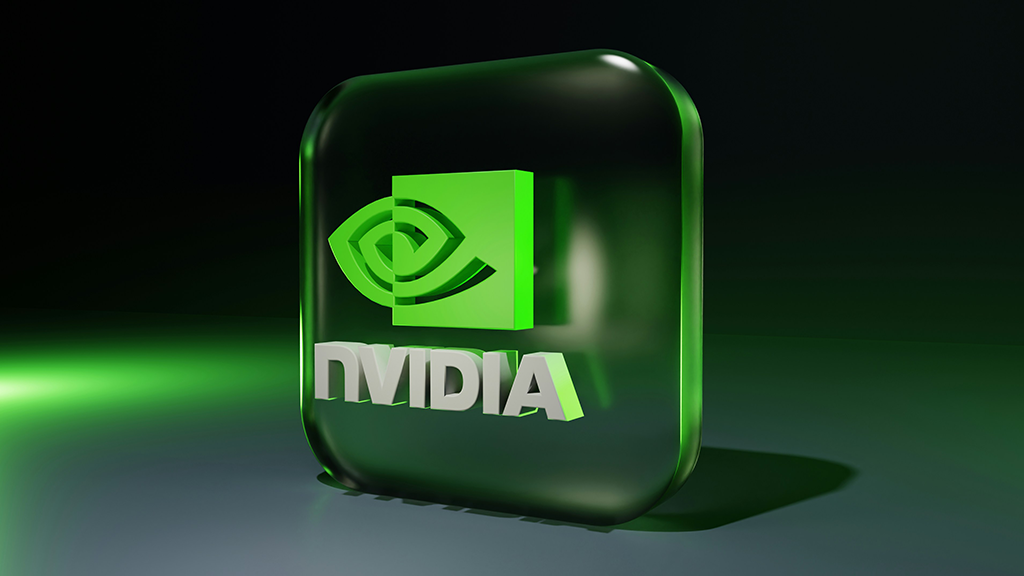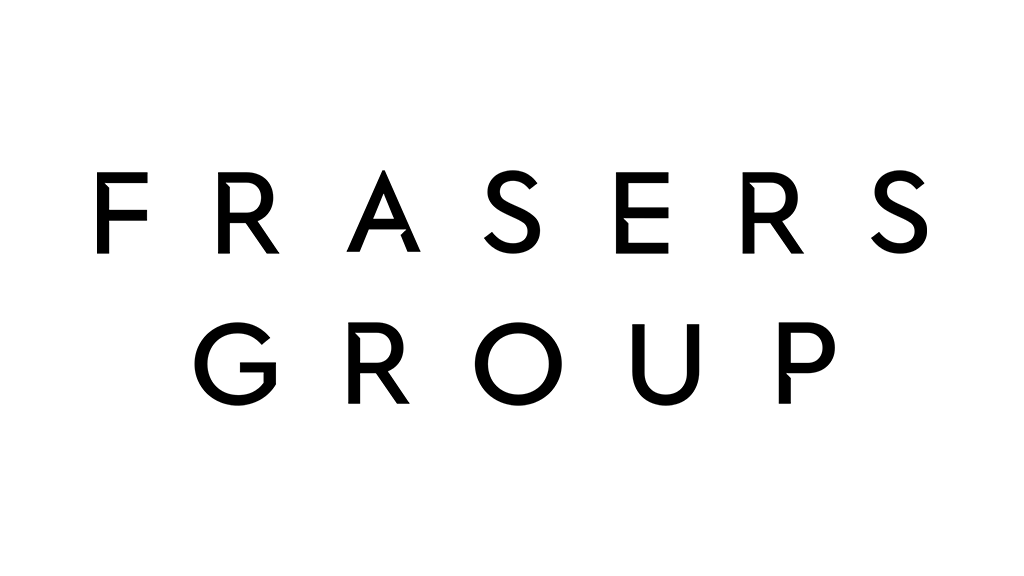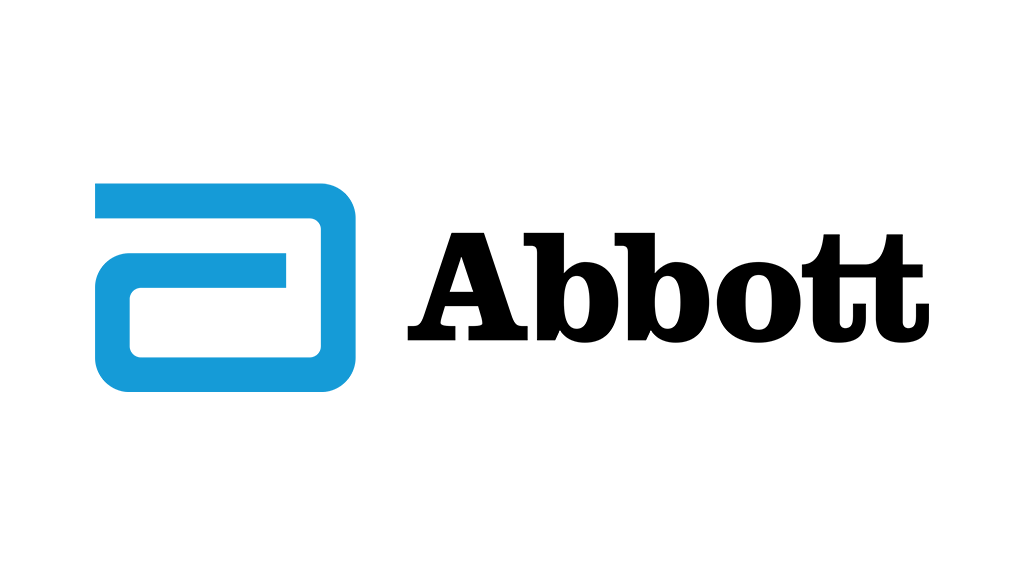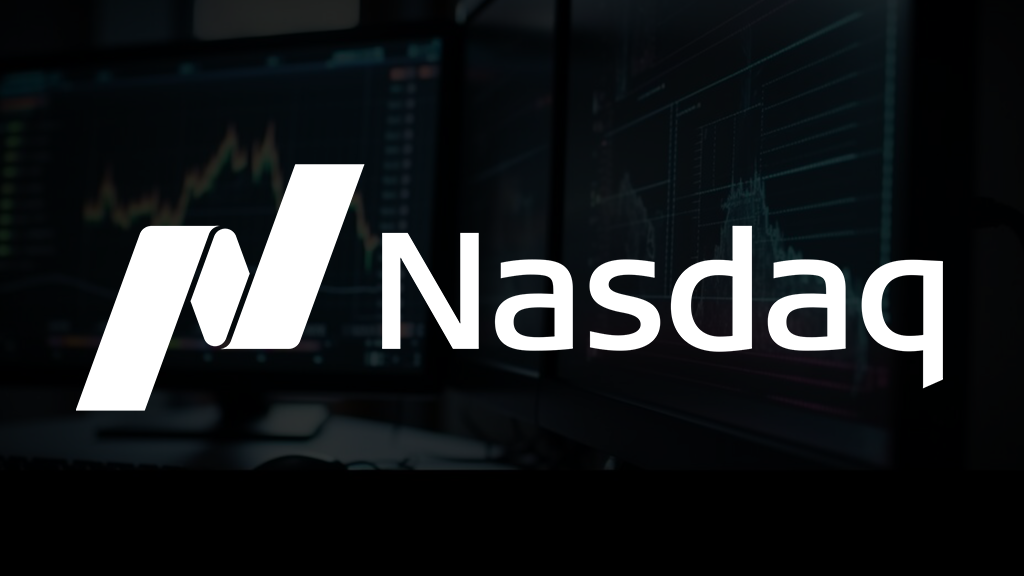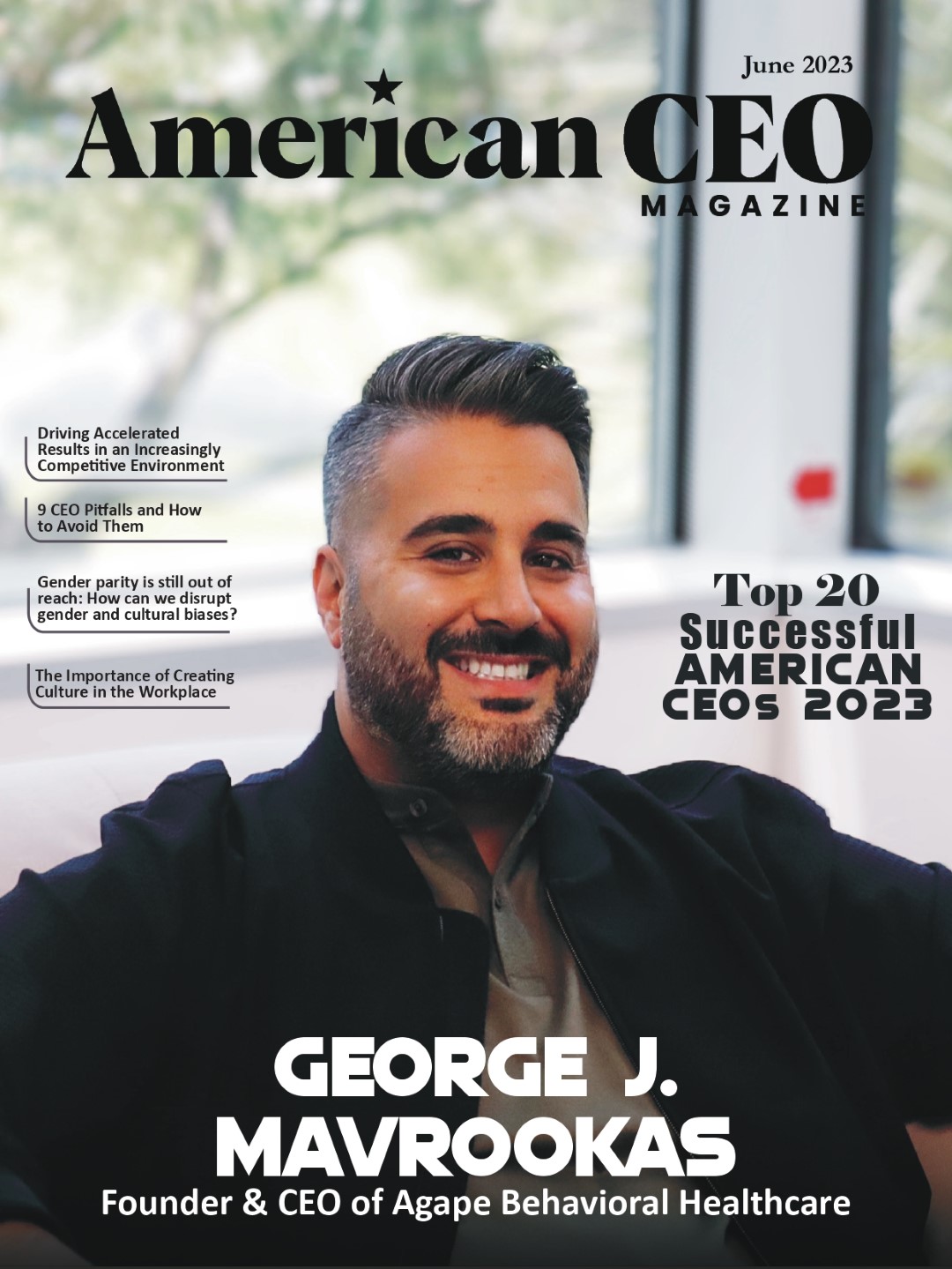John Moyer
Leadership Coach
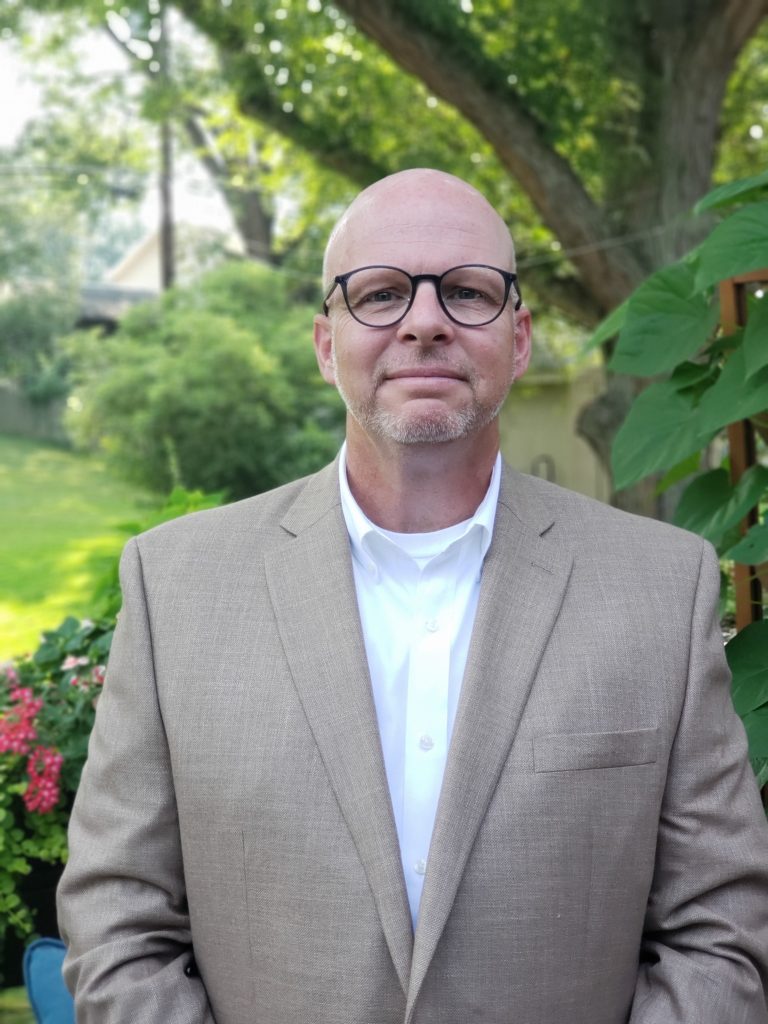
John Moyer
John Moyer is a trainer and coach with Resilient Leadership LLC. Using a systems lens, John works with leaders in both the public and private sectors helping them leverage their strengths to increase their leadership effectiveness. He is located in Stow, Ohio.
Smarter Leading in Today’s Workplace
For current CEOs, the challenges keep mounting. Two recent coaching conversations included:
- “It’s 8:04 am and my inbox has 67 unread emails. It’s like this every day. Can you help me stay on top of my email?”
- “I signed off on acquiring another asphalt plant. The culture of the group we absorbed is just coming to light- and it’s not good. On top of that, the manager in charge is awful with people despite having a good grasp of the industry. I’m driving up there every few weeks to put out fires. This isn’t sustainable.”
You might identify with either or both challenges. Although different problems, they were written by the same person- thus illustrating the difference between a technical problem and an adaptive challenge.
Technical Problem v Adaptive Challenge
In their seminal book Leadership on the Line, Marty Linsky and Ronald Heifetz examine workplace challenges using the technical v adaptive continuum. The authors share that technical problems are issues that are easy to identify and often have a solution that’s been tried. It’s a matter of applying the strategy. For example, there are dozens of programs that help organize the e-mail barrage. Choosing one and implementing it will likely yield progress. Adaptive challenges are different.
Adaptive challenges mask the source of the problem, thus making it hard to identify. Thus, quick solutions are often off the mark. Unknowingly, your leadership approach may be contributing to the permeance of the challenge. An adaptive challenge requires you to consider new ways of thinking, questioning long held values and assumptions. For example, in the second scenario above, you might consider why you value increased market share at the cost of your personal health.
Executing is Key- Yet Incomplete
At its very core, Chief Executive Officer has only one verb in its title: “execute”. For you to be a successful CEO, it’s a given that you are good at executing. You plan, budget, hire and organize staff. You are comfortable attacking problems and often are quick to jump in and offer a solution. You might even be effective at setting direction, putting people in their best roles and inspiring people. These are basics to leadership success. However, today’s workforce demands more. With unemployment at historic lows and the labor market’s increased focus on work/life balance, employees have leverage. They don’t hesitate to leave- or defect in place. What does it take for your best and brightest to stay at your company longer, work harder and bring in more business?
Leading v Mentoring
Consider today’s worker. They are deeply committed to their own personal fulfillment while seeking to balance work with their own sense of self. The former exchange relationship of paycheck = work is no longer true for many workers. They want work to be a blended with personal development, including flexible work arrangements. Thus, it would help you to see this new reality for what it is- an adaptive challenge wrapped in a technical solution.
The Technical Solution: G.I.L.S.
Remember, most workplace problems have both a technical component and an adaptive component. First, let’s examine the technical solution to the new workplace environment of employee self-development. The ”G.I.L.S. Solution” comes from two books: Culture Shock by Jim Clifton and Jim Harter and The Coaching Habit by Michael Bungay Stanier.
- Goals: Using a S.M.A.R.T. goal template, have your employees set their own professional goals- with little help from you.
- Initiate: Weekly (or every other week at minimum), initiate an informal “3 Minute Meeting” conversation about the employee’s goals. Ask questions such as: “What’s been the biggest challenge for you this week with your goals?” or “How can I support you in your pursuit of your goal(s)?” (See The Coaching Habit for other high impact questions)
- Listen: Yes- do this deeply. Remember this: Advice doesn’t develop people. The goals they have and the challenges they face in making progress in this area is largely an adaptive one for them. Listen carefully to what they have to say.
- Support: Ask “How can I best support you in making progress on your goal(s)?” This puts the problem squarely where it belongs: with them. It doesn’t mean you don’t offer suggestions: it means that you stop your habit of offering advice so quickly (this may be your adaptive challenge).
Model the Adaptive Challenge
While supporting the goals of your employees increases their engagement, it’s supercharged when you model this by working on your own leadership growth. Employees respond to leaders who are committed in word and personal action. As your employees make progress on their goals, you will see a difference. They will stay longer, work harder, and bring in more business- allowing you to develop others to lead alongside you.





























